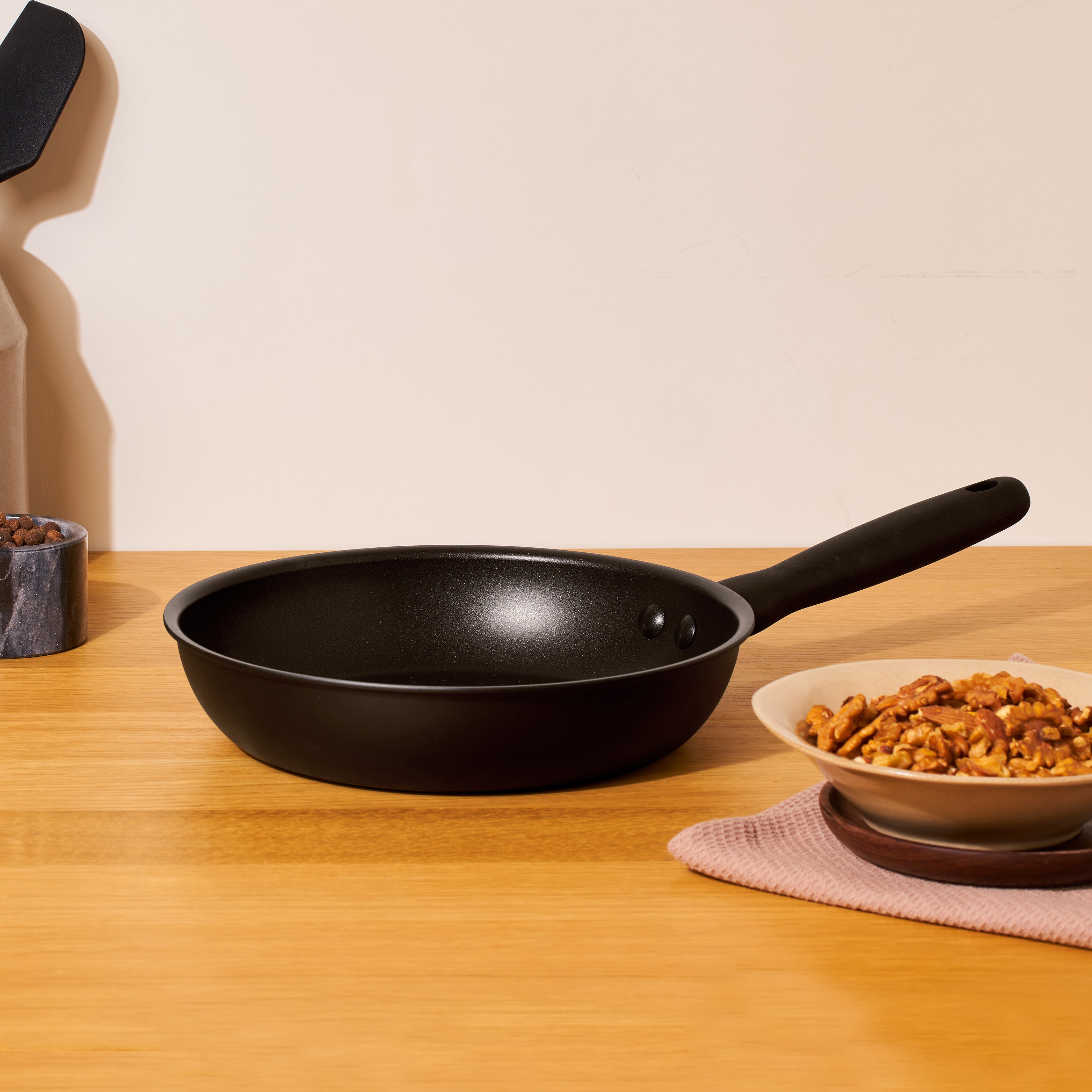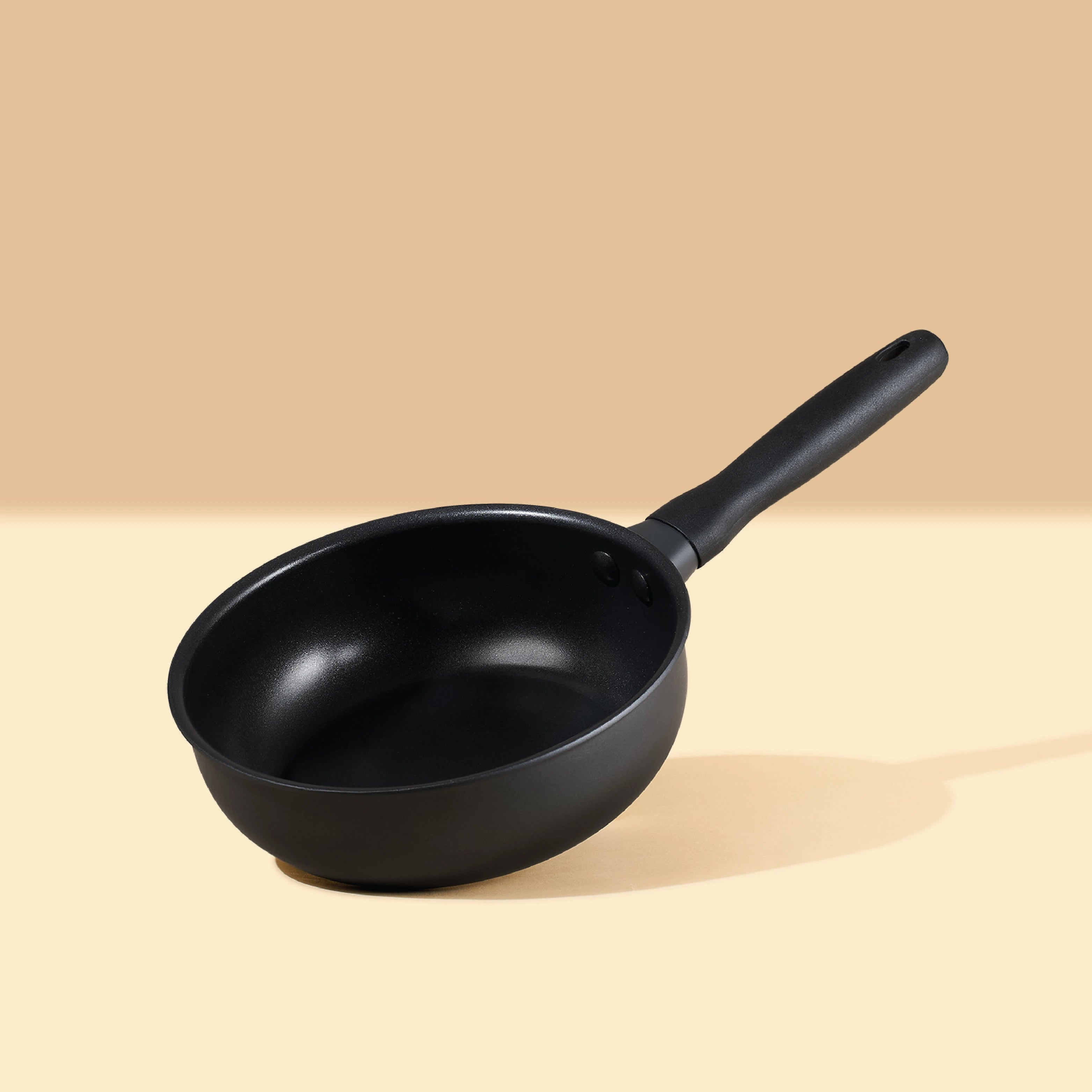Sushi rolls, a staple of Japanese cuisine, are beloved worldwide for their diverse flavors and textures. These rolls typically consist of vinegared rice, seaweed (nori), various fillings such as seafood, vegetables, and occasionally fruits, and are often served with accompaniments like soy sauce, wasabi, and pickled ginger.
Table of Contents
Understanding the Components:
To decipher the nutritional profile of sushi rolls, it's essential to understand the components. The primary ingredient, sushi rice, provides carbohydrates for energy but is often seasoned with sugar and rice vinegar, contributing to its slightly higher calorie content. The fillings can vary widely, with options ranging from lean proteins like raw fish (sashimi), cooked seafood, tofu, or vegetables. The seaweed wrapper (nori) is low in calories and rich in minerals like iodine.
Assessing Protein Content:
Protein content in sushi rolls primarily depends on the type and amount of fillings used. Rolls containing raw fish like salmon, tuna, or yellowtail are higher in protein, providing essential amino acids necessary for muscle repair and growth. Vegetarian rolls may contain protein-rich ingredients like tofu, avocado, or cooked vegetables.
Evaluating Fat Content:
The fat content of sushi rolls varies depending on the fillings used. Rolls with fatty fish like salmon or eel will naturally contain more fat, including heart-healthy omega-3 fatty acids. However, rolls with fried fillings or mayonnaise-based sauces can significantly increase the fat content and calorie count.
Considering Carbohydrate Levels:
Sushi rolls are moderately high in carbohydrates due to the rice component. While sushi rice provides energy, it also contributes to the overall carbohydrate load. Opting for rolls with less rice or choosing alternatives like brown rice or cauliflower rice can help reduce carbohydrate intake.
Watching Sodium and Condiments:
Sushi rolls are often served with soy sauce, which is high in sodium. Additionally, accompaniments like pickled ginger and wasabi can add extra flavor but may also contain added sodium and sugars. Enjoying sushi rolls in moderation and being mindful of portion sizes and condiment usage can help manage sodium intake.
Easy Sushi Rolls Recipe:
Here's an easy recipe for making classic sushi rolls at home:
Ingredients:
- Sushi rice (1 cup)
- Nori sheets (seaweed)
- Assorted fillings (e.g., cucumber, avocado, crab sticks, cooked shrimp, smoked salmon)
- Rice vinegar (2 tablespoons)
- Sugar (1 tablespoon)
- Salt (1 teaspoon)
- Soy sauce, wasabi, and pickled ginger for serving
Instructions:
- Prepare the Sushi Rice:
- Rinse 1 cup of sushi rice under cold water until the water runs clear.
- In a rice cooker or pot, combine the rinsed rice with 1 1/4 cups of water and cook according to the manufacturer's instructions.
- In a small bowl, mix together 2 tablespoons of rice vinegar, 1 tablespoon of sugar, and 1 teaspoon of salt until dissolved.
- Once the rice is cooked, transfer it to a large bowl and gently fold in the vinegar mixture until well combined. Allow the rice to cool to room temperature.
- Prepare the Fillings:
- Slice your chosen fillings into thin strips or julienne pieces. Common fillings include cucumber, avocado, crab sticks, cooked shrimp, and smoked salmon. Be creative and use your favorite ingredients!
- Assemble the Sushi Rolls:
- Place a sheet of nori shiny side down on a bamboo sushi mat or a clean kitchen towel.
- Moisten your hands with water to prevent the rice from sticking, then spread a thin layer of sushi rice evenly over the nori, leaving a 1-inch border along the top edge.
- Arrange your desired fillings horizontally along the bottom third of the rice-covered nori sheet.
- Roll the Sushi:
- Using the bamboo mat or towel, lift the bottom edge of the nori and rice and roll it over the fillings, applying gentle pressure to shape the roll.
- Continue rolling tightly until you reach the top edge of the nori. Wet the top edge with water to seal the roll.
- Slice and Serve:
- Use a sharp knife to slice the sushi roll into 6-8 pieces.
- Arrange the sushi pieces on a plate and serve with soy sauce, wasabi, and pickled ginger on the side.
- Enjoy Your Homemade Sushi Rolls!
- Serve your freshly made sushi rolls as an appetizer, snack, or part of a sushi feast. Get creative with different fillings and combinations to suit your taste preferences.
Conclusion:
Sushi rolls offer a flavorful and diverse dining experience, but deciphering their nutritional profile requires careful consideration of ingredients and portion sizes. While sushi rolls can be a nutritious choice, it's essential to balance protein, fat, carbohydrate, and sodium levels to fit individual dietary preferences and goals. By making informed choices and enjoying sushi rolls in moderation, you can savor their delicious flavors while maintaining a balanced diet.











Leave a comment